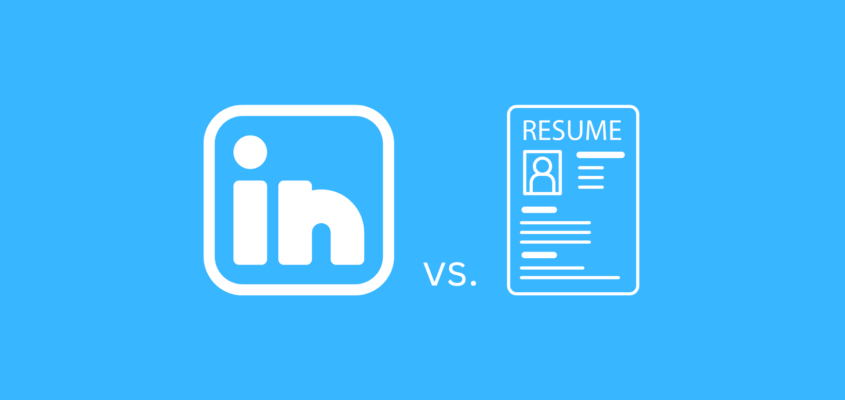
How to Ensure Your LinkedIn Profile Aligns with Your Resume
In today’s hyper-connected world, one’s professional identity is not limited to a single piece of paper. Platforms like LinkedIn have reshaped the landscape of job hunting, networking, and professional branding. For technology professionals looking to transition to a new job, understanding the importance of alignment between your LinkedIn profile and resume is crucial.
Why is the Alignment So Important?
A discrepancy between a resume and LinkedIn can raise flags for potential employers. It poses questions on accuracy, authenticity, and attention to detail, qualities that are paramount for tech professionals.
1. Consistency is Key
When recruiters or potential employers see mismatched job titles, dates, or responsibilities, it can create doubt in their minds:
- Job Titles: While job titles can vary across organizations, ensure that both your LinkedIn and resume reflect the same title for each position held.
- Dates: Make sure the start and end dates for each position align. Even minor discrepancies can raise questions about accuracy.
- Responsibilities: The bullet points under each position should align in theme. While you might have more details on your resume than LinkedIn (due to space constraints), the essence should be the same.
2. Skills & Endorsements
The ‘Skills & Endorsements’ section on LinkedIn offers a quick overview of your expertise. Make sure these skills reflect the core competencies listed on your resume.
3. Tailored but True
While it’s good practice to tailor your resume for each job application, it’s crucial to ensure that any changes made still resonate with your LinkedIn. Remember, customizing doesn’t mean fabricating or exaggerating.
4. Recommendations and References
A strong recommendation on LinkedIn can serve as a character reference. If you’ve listed someone as a reference in your resume, consider asking them for a LinkedIn recommendation and vice versa.
5. Achievements & Projects
For tech professionals, showcasing projects can be a game-changer. If you’ve mentioned significant achievements on your resume, consider linking them in the ‘Featured’ section of your LinkedIn profile or under individual job roles.
6. Continuous Updates
The tech industry is ever-evolving. Skills that were relevant a couple of years ago might be obsolete today. Regularly update both your resume and LinkedIn to keep them current.
7. Beware of Over-Branding
While personal branding is essential, ensure it doesn’t create discrepancies. For instance, if you label yourself as a ‘Data Ninja’ on LinkedIn, but your resume states ‘Data Analyst’, it can confuse potential employers.
Conclusion
In the digital age, first impressions aren’t limited to face-to-face interviews. They often begin online. As a tech professional, showcasing consistency and accuracy across platforms not only builds trust but also portrays a detail-oriented and genuine image. By ensuring alignment between your LinkedIn profile and your resume, you’re one step closer to landing that dream job.
